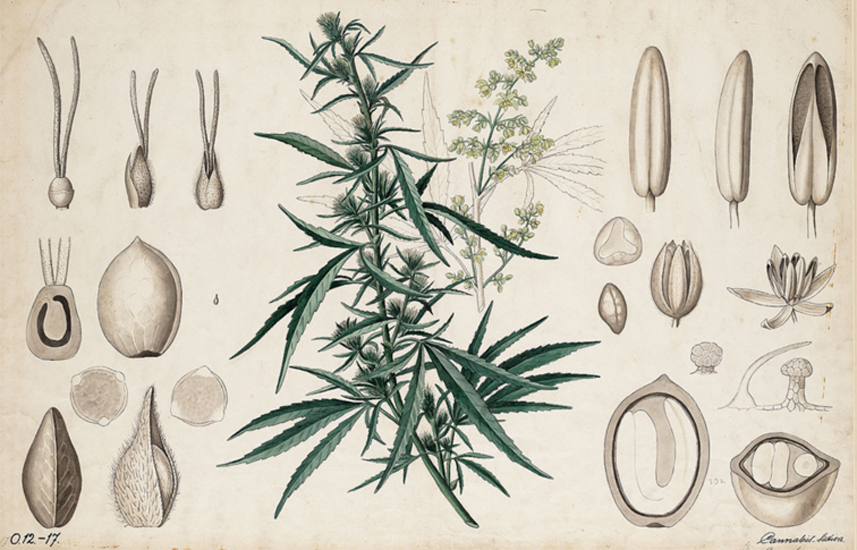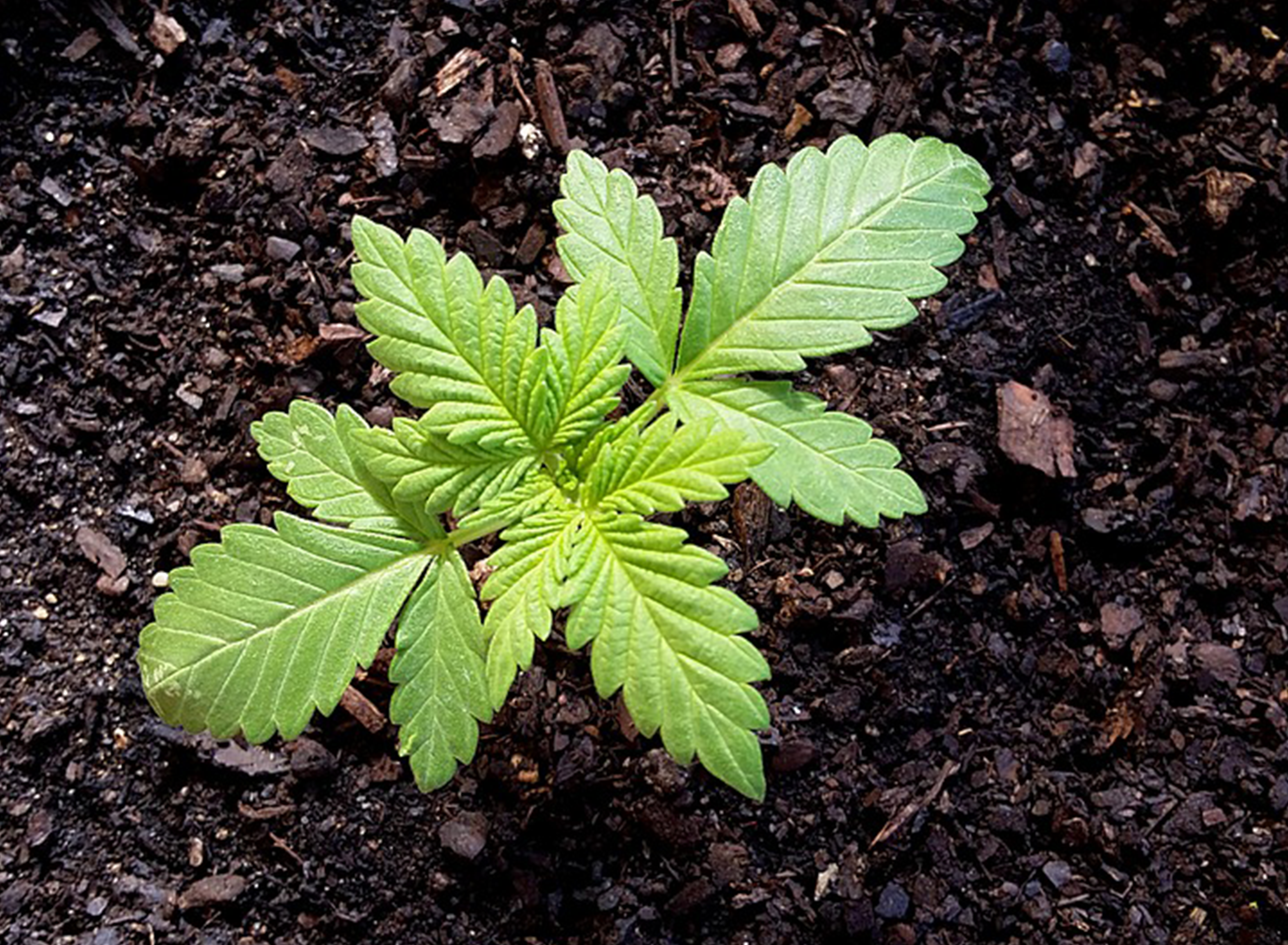“The more people do, the more society develops, the more problems arise.”
– Masanobu Fukuoka
How does the saying go? Read More
Cannabis has entered the limelight as a scapegoat once again, ever since President Donald Trump declared opioids a public emergency last year. Meanwhile, Attorney General and Certified Dingus Jeff Sessions has made dire attempts at endangering the cannabis industry in spite of its sweeping momentum in popularity.
Read More
Oh, no. You did it again… Read More
Welcome to the year 2068, where semi-agrarian societies ride triumphantly on genetically cloned wooly mammoths while smoking the finest herbs, crafted all the way down to the subatomic level. You may be a little dazed, but don’t panic. Take solace in knowing things are actually pretty great. Nationalism is now a superficial trend you can only find at a Hot Topic, and the use of prisons has virtually given way to empathic virtual simulation therapy. Read More
Indicas get a bad rap for being overbearing sedative mind hammers. This isn’t fair—not when there’s technically only two cannabis species in the world (sorry, rudaralis). The dichotomy between Sativa and Indica has grown an unfettered divide among connaisseurs and weekend smokers alike. Read More
Clementine Kruczynski: “This is it, Joel. I’m going to be gone soon. What do we do?”
Joel Barish: “Enjoy it.”
Eternal Sunshine of the Spotless Mind, 2004
Growers across Oregon operate under an unusually high craft standard.Our industry cousins in beer and wine are the ones to thank for that. While prohibition kept us at bay from their scene, word was still getting out about our flower. But flower quality is only as good as the grower’s methodology. The spectrum ranges between the highly sterile and industrial to outdoor farmers packing chamomile flowers into sausage casings, for the purposes of pacifying soil digestion.
A good grow, regardless of scale, starts with one of two things: a clone or a seed. Cloning is the act of taking a cutting from a mature plant (preferably while in a vegetated state) then rooting said cutting with the use of water or a growth hormone. As the name suggests, you’re making a genetic copy. This process is highly popular among commercial growers due to its convenience and genetic consistency.










